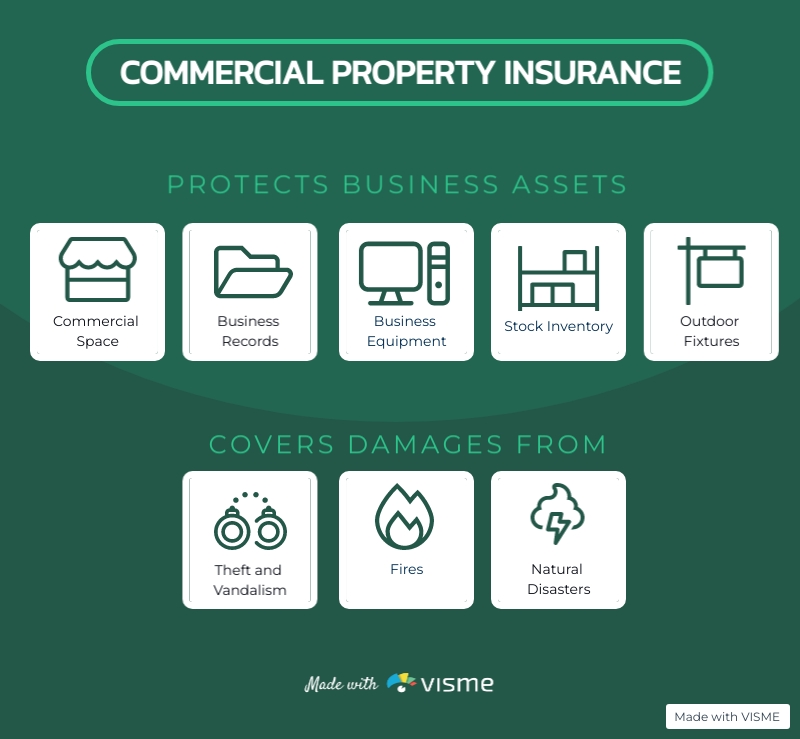Leeds has no shortage of beautiful period properties, from Victorian terraces in Headingley to 1930s semi-detached homes in Roundhay. While these properties have undeniable charm and character, they often come with heating challenges that newer builds don’t face. As experienced heating engineers serving the Leeds area (Harris Heating Engineers), we’ve encountered numerous issues specific to older properties. Here’s our guide to the most common boiler problems in Leeds’ older homes and how to address them.
1. Poor Water Pressure
The Problem: Many older Leeds properties suffer from inconsistent water pressure, particularly in hillier areas like Horsforth and Cookridge. This can result in weak shower flow, radiators that don’t heat evenly, and boilers that frequently lock out.
The Solution: We typically recommend installing a pressure boosting system for severe cases. For minor issues, bleeding radiators regularly and checking for leaks in the system can make a significant difference. In some cases, upgrading to a boiler designed to operate efficiently at lower pressures might be the most cost-effective long-term solution.
2. Inefficient Pipework
The Problem: Many period properties in Leeds still have original pipework that’s narrower than modern standards. These pipes can become restricted over time due to limescale buildup (particularly common in harder water areas like Moortown) and sludge accumulation.
The Solution: A power flush of your heating system can clear out debris and improve efficiency dramatically. For severe cases, we may recommend upgrading key sections of pipework, particularly in areas prone to freezing during Yorkshire’s cold snaps.
3. Inadequate Insulation
The Problem: Leeds’ stone-built and brick properties often have solid walls without cavity insulation. This can cause heat loss and make boilers work overtime, leading to premature failures and high energy bills.
The Solution: While improving your home’s insulation is the ideal fix, we also recommend correctly sizing your boiler for an under-insulated property and installing smart controls that allow for more efficient zone heating.
4. Outdated Flue Systems
The Problem: Homes in conservation areas like Headingley and Chapel Allerton may have older flue systems that don’t meet current regulations or function efficiently with modern condensing boilers.
The Solution: A flue replacement is often necessary when upgrading to a new boiler. We’re experienced in finding discreet solutions that maintain the aesthetic of heritage properties while meeting all safety regulations.
5. Incompatible Heating Controls
The Problem: Many Leeds period properties have had numerous heating system modifications over the decades, resulting in a mishmash of technologies that don’t work efficiently together.
The Solution: A complete system assessment can identify compatibility issues. Often, upgrading to an integrated smart control system can bring harmony to previously conflicting components and significantly improve efficiency.
6. Radiator Balancing Issues
The Problem: In larger Leeds homes, particularly those tall Victorian properties in areas like Roundhay and Alwoodley, heat distribution can be uneven, with upstairs rooms too hot while downstairs remains cold.
The Solution: Professional radiator balancing can resolve this issue in many cases. For more complex problems, we might recommend adding a zone control system that allows different floors to be heated independently.
7. Boiler Sizing Problems
The Problem: We frequently find that older Leeds homes have incorrectly sized boilers—either too powerful, causing short cycling and inefficiency, or too weak to adequately heat the space.
The Solution: A proper heat loss calculation is essential before replacing any boiler in an older property. This ensures your new system is perfectly matched to your home’s specific requirements.
Need Help With Your Older Leeds Property?
Our team specializes in finding heating solutions for Leeds’ beautiful period properties. We understand the unique challenges of working with older buildings and can provide tailored recommendations that respect your home’s character while delivering modern heating efficiency.
Contact us today for a no-obligation assessment of your property’s heating system. We serve all Leeds areas, from Headingley to Horsforth and beyond.

